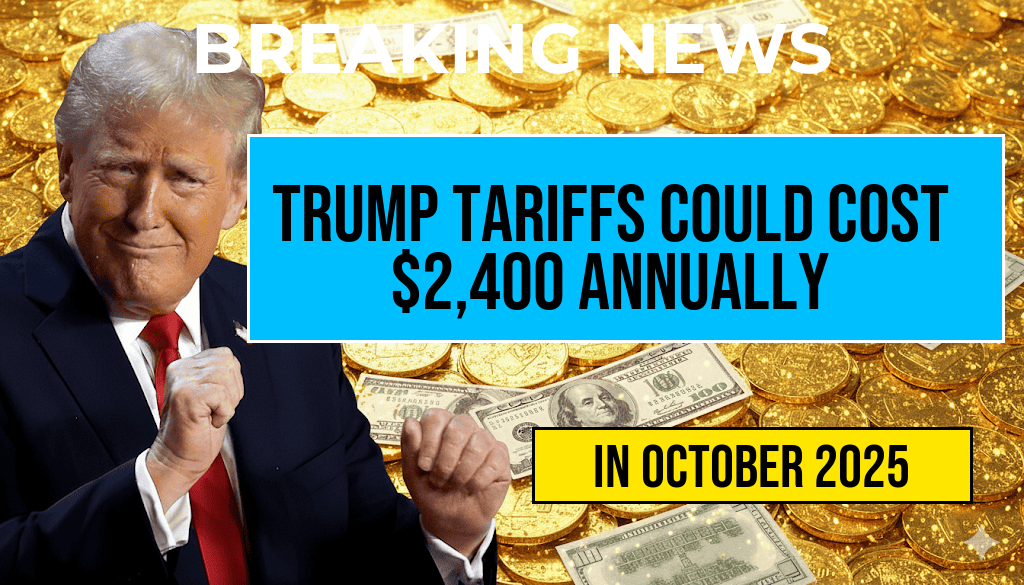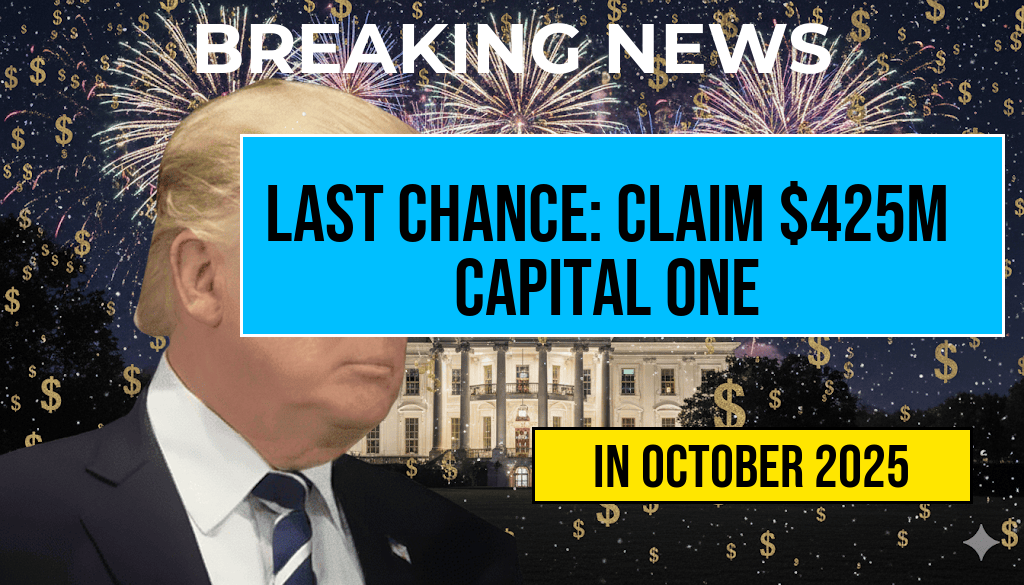Former President Donald Trump has publicly endorsed a proposal to permit high-risk cryptocurrency investments within 401(k) retirement plans. The suggestion has ignited debate among financial advisors, regulators, and investors about the potential benefits and dangers of integrating volatile digital assets into long-term retirement savings. Trump’s advocacy, presented during a recent interview, underscores a broader push to modernize retirement options and cater to younger investors seeking exposure to emerging markets. However, critics warn that such moves could expose retirees to significant financial jeopardy, given cryptocurrencies’ notorious price swings. As policymakers deliberate potential regulatory adjustments, the proposition raises fundamental questions about balancing innovation with investor protection in the retirement landscape.
Background on Cryptocurrency in Retirement Accounts
Cryptocurrencies have gained substantial traction over the past decade, with Bitcoin and other digital assets becoming mainstream investment options. Despite their rising popularity, regulatory frameworks surrounding the inclusion of cryptocurrencies in retirement accounts remain limited. Currently, most 401(k) plans primarily invest in traditional assets like stocks, bonds, and mutual funds. A handful of specialized providers have begun offering cryptocurrency investment options, but these are often restricted or come with high fees.
Advocates argue that allowing cryptocurrencies in retirement portfolios could diversify holdings, hedge against inflation, and appeal to a new generation of investors eager to participate in digital asset markets. Conversely, critics emphasize the need for caution, citing the high volatility, lack of consumer protections, and potential for significant losses that could jeopardize retirement security.
For additional context on the regulatory environment, see Wikipedia’s overview of cryptocurrency regulation.
Details of Trump’s Proposal
Key Components
- Legislative Support: Trump’s proposal calls for amendments to the Employee Retirement Income Security Act (ERISA), allowing plan participants to select cryptocurrencies as part of their investment options.
- Asset Class Definition: Digital currencies would be classified alongside stocks and bonds, enabling plan administrators to include them in approved investment menus.
- Risk Disclosure: The proposal emphasizes comprehensive disclosure requirements, ensuring participants understand the volatility and risks associated with cryptocurrencies.
- Custody and Security: Recommendations include strict standards for digital asset custody, requiring insured and regulated storage solutions to prevent theft and fraud.
Implementation Timeline
Trump suggested that, contingent on legislative approval, cryptocurrency investments could be integrated into some 401(k) plans within the next 12 to 18 months. This timeline hinges on congressional committees examining the proposal, alongside ongoing negotiations with financial regulators.
Industry and Regulatory Reactions
Support from the Financial Sector
Some industry leaders see potential in expanding investment options for retirement savers, arguing that innovation could boost overall market participation. Financial firms specializing in digital assets have expressed interest in creating compliant, secure platforms for cryptocurrency inclusion. For example, firms like Fidelity and Coinbase have already begun offering cryptocurrency trading services, though not directly within 401(k) plans.
Concerns from Regulators and Consumer Advocates
Regulators, including the Department of Labor (DOL), have historically expressed caution regarding cryptocurrencies in retirement accounts, citing risks of fraud and market instability. The DOL’s current stance emphasizes investor protection, which critics argue could be compromised by hastily integrating high-risk assets into retirement plans.
“While innovation is vital, the primary goal must remain safeguarding Americans’ retirement savings,” said a DOL spokesperson. “Any move to include cryptocurrencies must be accompanied by rigorous safeguards.”
Legal and Policy Challenges
Legal experts note that implementing such a shift will require significant legislative adjustments, as existing laws do not explicitly address cryptocurrencies within the context of employer-sponsored retirement plans. The debate also touches on issues of fiduciary duty, with concerns that plan administrators might face increased liability if investments turn sour.
Potential Impact on Retirement Planning
| Advantages | Disadvantages |
|---|---|
| Enhanced diversification of assets | High volatility risks leading to potential losses |
| Opportunity for higher returns | Limited regulatory protections and oversight |
| Appeals to younger, tech-savvy investors | Potential for increased complexity in plan management |
Incorporating cryptocurrencies could fundamentally reshape retirement investment strategies, but it also introduces new challenges for plan sponsors, regulators, and participants. The success of such initiatives will depend heavily on establishing clear safeguards and ensuring that investors are fully informed about the risks involved.
Looking Ahead
As congressional committees review the proposed changes, stakeholders anticipate a period of intense discussion about balancing innovation with prudence. The push to include high-risk digital assets in retirement plans reflects a broader trend toward integrating emerging technologies into traditional financial structures. However, the overarching concern remains whether retirees, especially those nearing retirement age, can withstand the potential losses associated with cryptocurrencies.
For now, the conversation continues to unfold amidst a complex regulatory landscape. While some see a pathway toward modernizing retirement savings, others emphasize the need for cautious, incremental steps to prevent unintended consequences for millions of American workers.
Frequently Asked Questions
What is the main proposal regarding cryptocurrency investments in 401(k) plans?
Donald Trump advocates for allowing high-risk cryptocurrency investments to be included in 401(k) retirement plans, potentially offering investors access to digital assets within their retirement savings.
Why are some experts concerned about including cryptocurrencies in 401(k) plans?
Experts express concerns about the volatility and risk associated with cryptocurrencies, which could lead to significant losses for retirement investors, especially given the high-risk nature of these assets.
How might allowing cryptocurrency investments impact retirement savings?
Permitting cryptocurrency investments in 401(k) plans could diversify investment portfolios and potentially increase returns. However, it also raises the risk of substantial losses due to the volatile market behavior of digital assets.
What regulatory considerations are involved in adding cryptocurrencies to 401(k) plans?
The inclusion of cryptocurrencies in retirement plans involves navigating regulatory frameworks set by agencies like the SEC and Department of Labor, which currently have strict rules on alternative investments.
What are the potential benefits for investors if cryptocurrencies are allowed in 401(k) plans?
Potential benefits include diversification of retirement portfolios, exposure to innovative assets, and the opportunity for higher returns, especially as digital currencies continue to evolve and gain acceptance.






